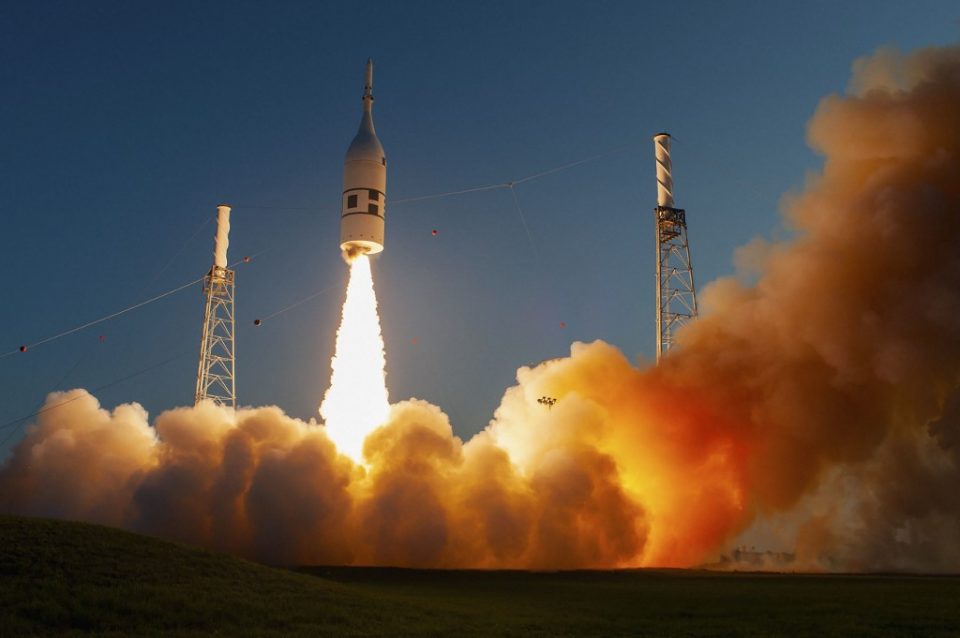
WASHINGTON, United States — NASA carried out a successful test Tuesday of a launch-abort system for the Orion capsule designed to take US astronauts to the Moon.
The three-minute exercise at Cape Canaveral in Florida aimed to test in almost real-life conditions the evacuation of astronauts from the capsule in the event of an explosion or rocket booster failure.
The test “put us one huge step closer to the first Artemis flight carrying people to the Moon,” said Orion program manager Mark Kirasich.
The technique used is the US equivalent of an emergency system used last October to bring a Russian cosmonaut and a US astronaut safely back to earth when a problem emerged with their Soyuz rocket shortly after liftoff from Kazakhstan.
In the test, which was carried live on NASA TV, an unmanned Orion capsule was launched by a mini-rocket — a repurposed first stage of an intercontinental ballistic missile.
Fifty-five seconds after the launch, at an altitude of 31,000 feet (9,500 meters), a rocket-powered tower on top of the crew module ignited its engines to quickly pull the Orion away from a hypothetical rocket experiencing problems.
In just 15 seconds, the capsule gained two miles of altitude.
Then the tower reoriented the capsule to prepare it for descent and disengagement from the tower.
In real-life conditions, parachutes would open to ease the manned capsule’s fall toward the Atlantic Ocean.
In this exercise, however, parachutes were not used because they are very expensive and have already been tested multiple times.
The capsule fell into the water and — after ejecting its black box recorders — was allowed to sink.
A return of US astronauts to the Moon is expected in 2024 at the earliest.
Work on the Orion seems to be on schedule but the rocket that would take it into space, the so-called SLS developed for NASA mainly by Boeing, is running late.
The first unmanned test flights for the new lunar program are theoretically scheduled for June 2020 but are likely to be pushed back.
© Agence France-Presse








